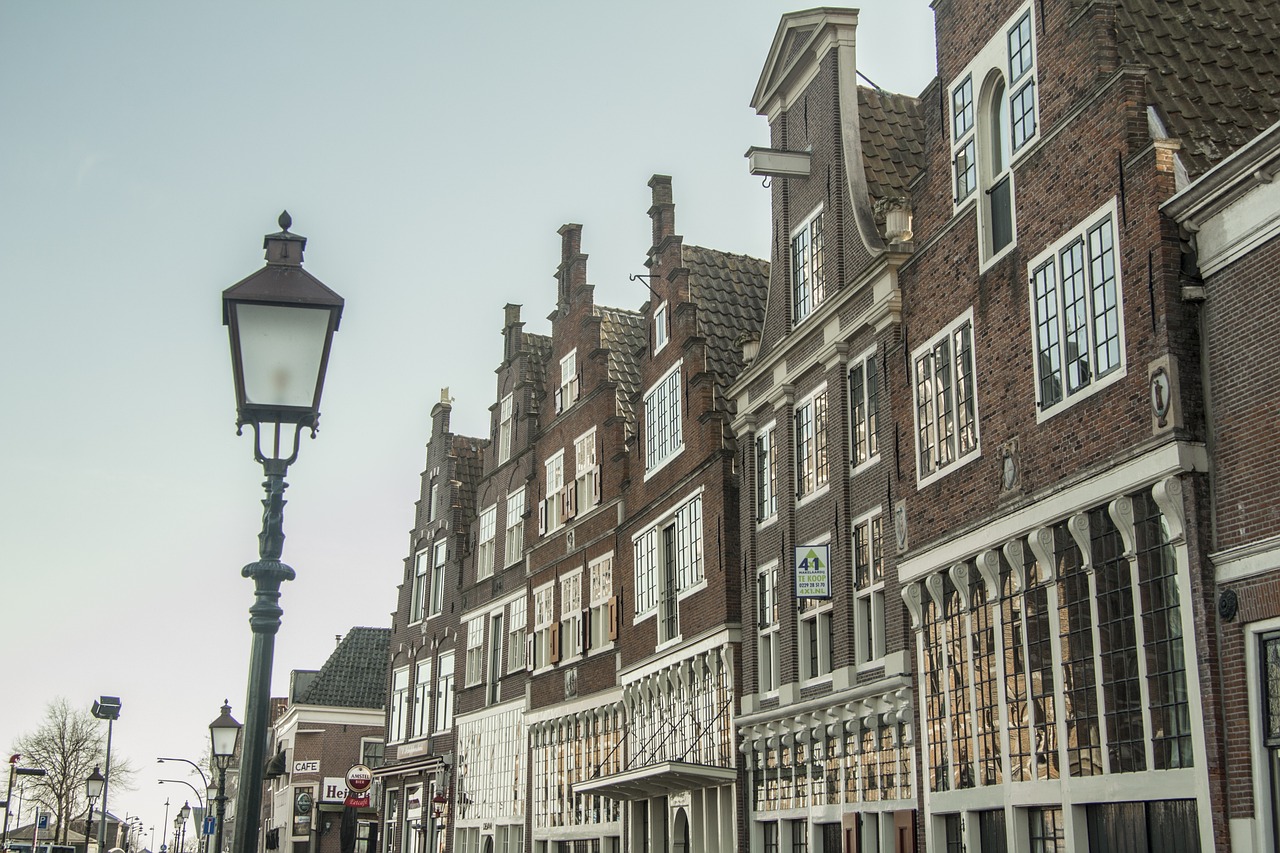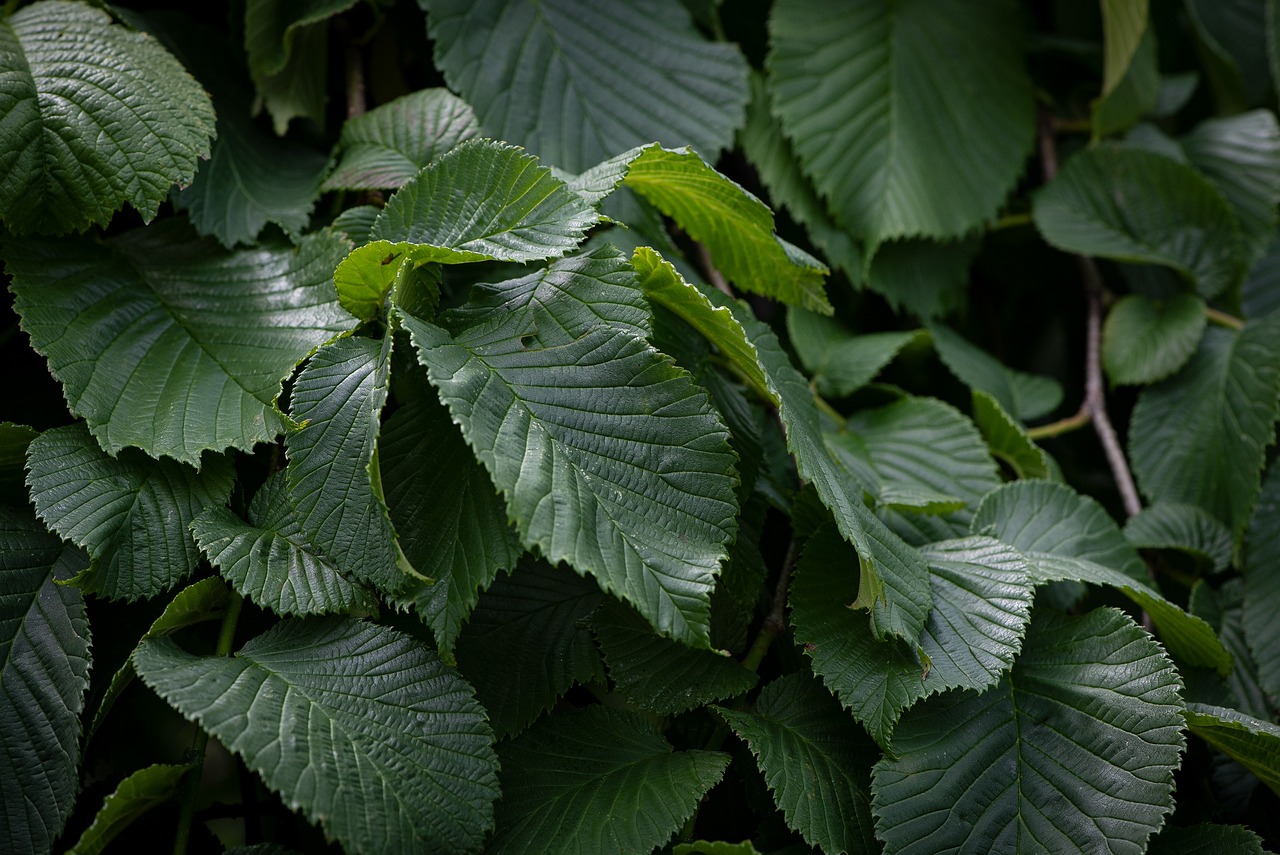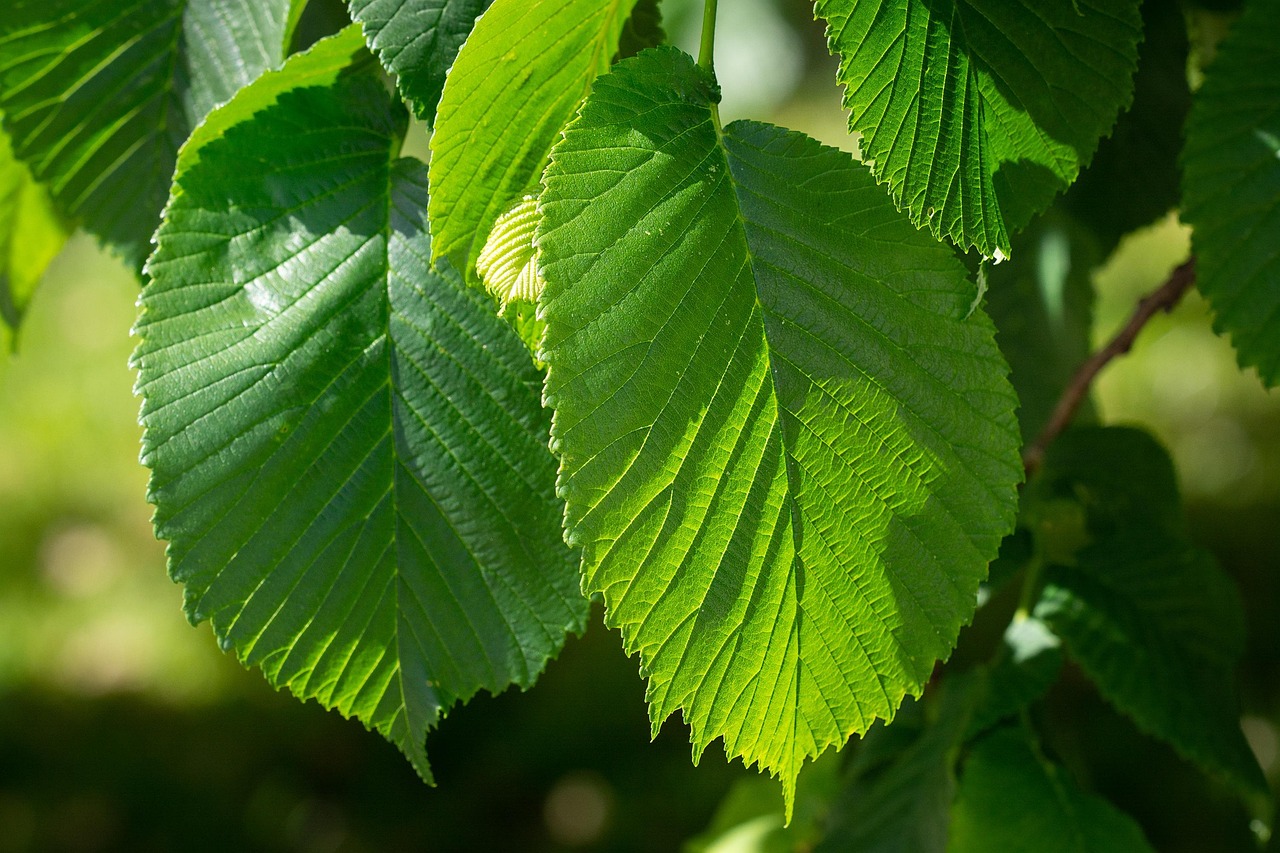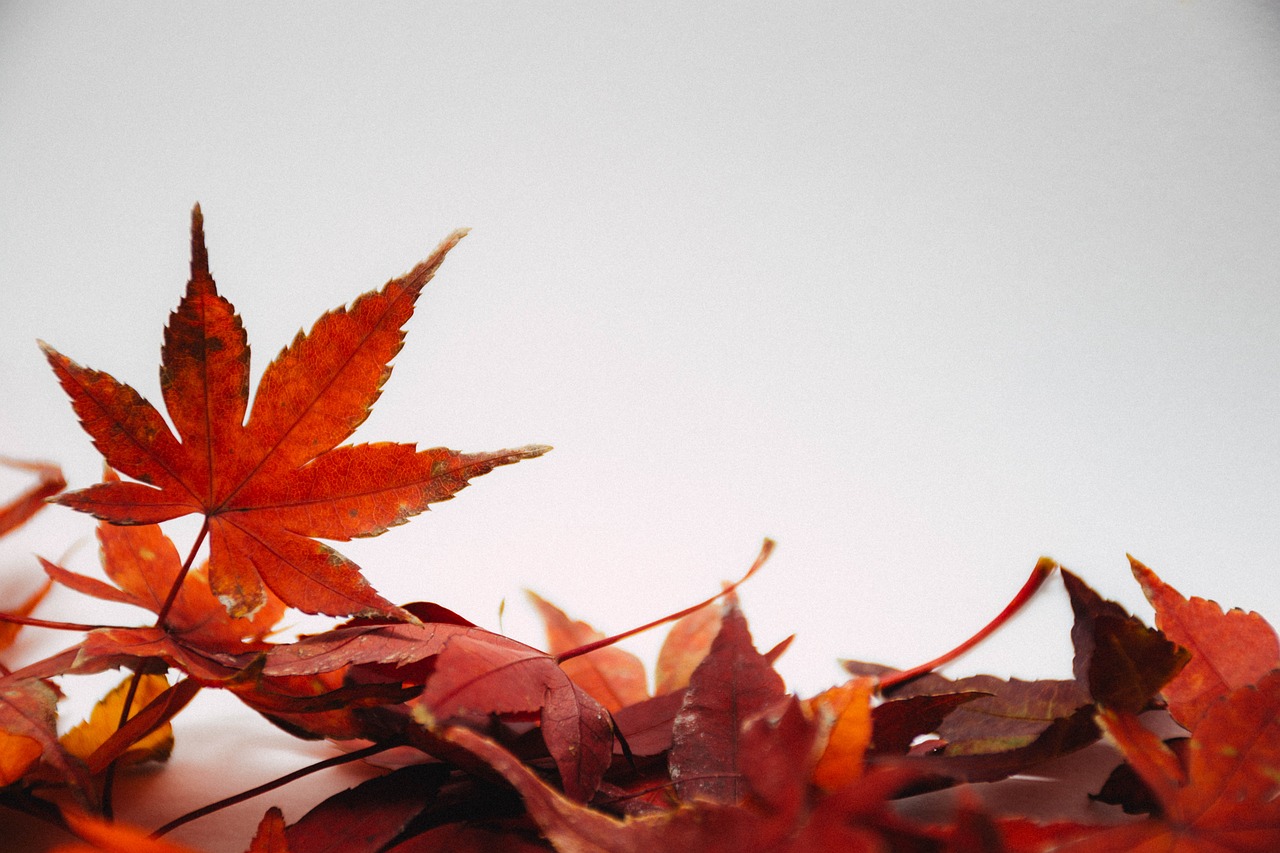Treating Dutch Elm Disease (DED) effectively requires early detection and proactive management strategies. Regular monitoring of elm trees, combined with immediate action upon noticing symptoms, is crucial for preventing the spread of this devastating disease.
Dutch Elm Disease is a fungal infection that primarily affects elm trees, leading to their decline and eventual death. The disease is caused by a fungus called Ophiostoma ulmi and is spread by bark beetles. Once the fungus infects a tree, it blocks the water-conducting vessels, leading to wilting, yellowing leaves, and ultimately tree death if not addressed promptly.
Early detection of DED is vital for managing its impact. Homeowners and arborists should be vigilant in observing the health of elm trees, particularly during the growing season. Signs of infection may include:
- Wilting or yellowing leaves.
- Dark streaks in the wood when cut.
- Dieback of branches.
- Sudden leaf drop in summer.
Understanding the life cycle of the beetles that spread the disease can help in managing and preventing its spread. The most common beetle associated with DED is the Scolytus multistriatus, known as the smaller European elm bark beetle. These beetles reproduce in infected trees, further propagating the disease. Effective management of DED therefore hinges on interrupting this cycle.
Management Strategies

There are several strategies for managing Dutch Elm Disease once detected. These can be broadly categorized into cultural, chemical, and biological controls.
Cultural Controls
Cultural controls focus on practices that promote tree health and reduce the chance of infection. Some key practices include:
- Regularly inspecting elm trees for early signs of infection.
- Pruning dead or dying branches to improve airflow.
- Avoiding stress on trees through proper watering and mulching.
- Removing and destroying infected trees to prevent beetle reproduction.
Chemical Controls
Chemical controls involve the use of fungicides to protect healthy trees from infection. Treatments can include:
- Injecting fungicides directly into the tree.
- Soil drenching with fungicides to protect roots.
It is important to apply these treatments during the correct time of year, typically in early spring or late fall when beetle activity is low. Consulting with a certified arborist can ensure that treatments are applied effectively and safely.
Biological Controls
Biological controls involve using natural predators or pathogens to combat the spread of DED. Research is ongoing into various biocontrol agents that may provide an effective means of managing the disease without harmful chemicals. These methods can be an environmentally friendly alternative but require careful consideration and monitoring.
Key Statistics
| Year | Estimated Losses | Affected States |
|---|---|---|
| 2000 | $40 million | New York, Illinois |
| 2010 | $25 million | California, Michigan |
| 2020 | $30 million | Ohio, Pennsylvania |
The statistics highlight the significant economic impact of Dutch Elm Disease on urban forestry. Effective management and early detection practices are essential not only for maintaining tree health but also for preserving the aesthetic and ecological value of urban landscapes.
Signs and Symptoms of Dutch Elm Disease
Recognizing the signs and symptoms of Dutch Elm Disease is crucial for early intervention. The disease presents specific indicators that can help homeowners and arborists identify an infection before it spreads. Some of the most common symptoms include:
- Wilting Leaves: The leaves may begin to wilt, especially during hot weather.
- Yellowing Foliage: Affected leaves often turn yellow and may drop prematurely.
- Branch Dieback: Infected trees show dieback starting from the top branches and moving downward.
- Dark Streaks in Wood: When the bark is removed, dark streaks or discoloration can be seen in the wood, indicating vessel blockage.
- Sudden Leaf Drop: Trees may shed their leaves suddenly in mid-summer, even if they appear healthy beforehand.
Understanding these symptoms can aid in prompt action, which is essential for managing the disease effectively.
Environmental Factors Influencing DED
Certain environmental conditions can exacerbate the spread of Dutch Elm Disease. Awareness of these factors can help in implementing preventive measures. Key environmental influences include:
- Warm Temperatures: Bark beetles thrive in warmer climates, increasing the chance of disease spread.
- Drought Stress: Trees that are under drought stress are more susceptible to infection due to weakened defenses.
- Proximity to Infected Trees: Trees located near infected specimens are at a higher risk of contracting the disease.
By understanding these environmental factors, tree owners can take steps to mitigate their impact, such as ensuring adequate watering during dry spells and managing nearby tree populations.
Preventive Measures Against Dutch Elm Disease
Preventing Dutch Elm Disease is far more effective than treating it once it has taken hold. Various strategies can be employed to protect elm trees from infection. These measures include:
Tree Selection and Planting
Choosing the right tree species can significantly reduce the risk of DED. Homeowners should consider planting resistant varieties of elm or alternative tree species that do not suffer from this disease. Some recommended alternatives include:
- American Hornbeam: Known for its attractive foliage and resilience.
- Maple Trees: A great choice for urban settings with similar aesthetic appeal.
- Oak Trees: Provide shade and are generally resistant to DED.
Regular Tree Maintenance
Maintaining tree health is essential for preventing DED. Regular practices include:
- Pruning: Regularly pruning dead or weak branches allows for better air circulation.
- Watering: Ensuring trees receive adequate water, especially during dry periods, helps maintain their vigor.
- Pest Control: Monitoring for bark beetles and applying appropriate treatments can prevent infestations.
Community Awareness and Cooperation
Dutch Elm Disease can spread rapidly within communities. Therefore, fostering community awareness is vital in preventing outbreaks. Residents should:
- Share Information: Educate neighbors about DED and its symptoms.
- Report Infections: Encourage reporting of suspected infections to local authorities or arborists.
- Create a Management Plan: Collaborate with local tree care professionals to develop community-wide strategies for monitoring and controlling DED.
Together, these preventive measures create a stronger defense against Dutch Elm Disease, helping to ensure the health of elm trees in both residential and public spaces.

The Role of Professional Arborists
Engaging professional arborists plays a critical role in managing Dutch Elm Disease effectively. Certified experts can provide valuable insights and services that contribute to both prevention and treatment efforts. Key services offered by arborists include:
- Disease Identification: Accurate diagnosis of DED and other tree diseases, including advising on similar conditions.
- Treatment Plans: Developing tailored management strategies based on the specific needs of individual trees and local conditions.
- Pest Management: Implementing effective pest control measures to reduce beetle populations.
The expertise of arborists ensures that tree owners are equipped with the knowledge and resources necessary to combat Dutch Elm Disease effectively, promoting healthier urban forests.
Advanced Treatment Options for Dutch Elm Disease

When Dutch Elm Disease is diagnosed, it is essential to consider advanced treatment options. These methods can significantly enhance the chances of saving infected trees and preventing further spread. The following treatment strategies focus on both chemical and biological methods.
Chemical Treatments
Chemical treatments play a vital role in managing Dutch Elm Disease. Specific fungicides can be injected directly into the tree or applied to the soil to protect healthy trees. Here are some common chemical treatment options:
- Fungicide Injections: This method involves injecting fungicides into the trunk of the tree. This direct application helps deliver the treatment efficiently, protecting the tree from further infection.
- Soil Drench: Applying fungicides to the soil allows the tree to absorb the chemicals through its roots. This method can provide systemic protection against the disease.
- Bark Sprays: Spraying fungicides on the bark can deter bark beetles and other pests that may carry the disease.
It is important to carry out these treatments at optimal times, usually in early spring or late fall, to coincide with beetle activity. Consulting an arborist for proper application and dosage is essential for effectiveness and safety.
Biological Control Methods
Biological control methods offer a promising alternative to chemical treatments. These environmentally friendly options utilize natural organisms to combat the fungus causing Dutch Elm Disease. Some effective biological control methods include:
- Beneficial Nematodes: These microscopic roundworms can be introduced into the soil to target and control bark beetle larvae.
- Entomopathogenic Fungi: Certain fungi can infect and kill bark beetles, reducing their populations and thereby lowering the risk of disease transmission.
- Planting Disease-Resistant Varieties: Some elm species have shown resistance to DED. Planting these varieties can help maintain healthy urban forests.
While biological controls may take longer to show effects than chemical treatments, they often lead to sustainable pest management without harming beneficial insects or the environment.
Community and Government Initiatives
Addressing Dutch Elm Disease requires a collaborative effort within communities and support from local governments. Various initiatives can enhance awareness, education, and management practices regarding DED. Some significant community and government initiatives include:
Awareness Campaigns
Local governments and organizations can conduct awareness campaigns to educate residents about Dutch Elm Disease. These campaigns may include:
- Workshops: Hosting workshops that teach homeowners how to recognize symptoms and manage their trees effectively.
- Information Brochures: Distributing brochures that outline DED’s signs, prevention strategies, and treatment options.
- Online Resources: Creating informative websites or social media pages dedicated to tree health and disease management.
Tree Inventory and Monitoring Programs
Implementing tree inventory systems helps track the health of elm trees in public spaces. Benefits of such programs include:
- Regular Inspections: Conducting routine inspections of public trees to identify signs of DED early.
- Data Collection: Gathering data on tree health, species diversity, and locations of infected trees to inform management decisions.
- Community Involvement: Encouraging citizen involvement in monitoring local trees, fostering a sense of ownership and responsibility.
The Importance of Tree Diversity

Diverse urban forests are less susceptible to widespread disease outbreaks. Promoting tree diversity can significantly reduce the impact of Dutch Elm Disease. Key aspects of promoting diversity include:
- Planting Various Species: Incorporating a mix of tree species in urban planning helps create resilience against diseases.
- Avoiding Monocultures: Reducing reliance on single species, like elms, decreases vulnerability to specific pests and diseases.
- Educating the Public: Informing communities about the benefits of diverse plantings encourages responsible landscaping choices.
A diverse urban forest not only enhances aesthetic appeal but also supports local ecosystems and reduces overall maintenance costs while mitigating risks associated with tree diseases like Dutch Elm Disease.
Future Directions in Dutch Elm Disease Management
As research continues to evolve, new strategies and technologies are being developed to combat Dutch Elm Disease. Innovations in tree management and disease control are critical for preserving elm populations and maintaining healthy urban ecosystems. Some promising future directions include:
- Genetic Research: Advances in biotechnology may lead to the development of genetically modified elm trees that are resistant to DED, providing a long-term solution to the problem.
- Integrated Pest Management (IPM): This holistic approach combines cultural, biological, and chemical methods to manage pests effectively while minimizing environmental impacts. IPM strategies can help protect elm trees from bark beetles and other vectors of DED.
- Remote Sensing Technology: Utilizing drones and satellite imagery can assist in monitoring large areas of urban forests. These technologies can identify stressed trees early, allowing for timely intervention.
By embracing these innovative approaches, communities can enhance their capacity to manage Dutch Elm Disease proactively and sustainably.
Final Thoughts
Managing Dutch Elm Disease requires a multifaceted approach that combines early detection, effective treatments, and community cooperation. The devastation caused by this disease can be mitigated through regular monitoring, prompt action upon noticing symptoms, and the engagement of professional arborists. It is crucial to implement preventive measures such as tree diversity and community awareness initiatives to build resilience against future outbreaks.
Moreover, the collaboration between local governments, communities, and experts ensures a comprehensive strategy for managing urban forests effectively. As research progresses and new technologies emerge, there is hope for more effective solutions to combat Dutch Elm Disease and protect our valuable elm trees.
A commitment to maintaining healthy urban forests is not only essential for the aesthetic value they provide but also for the ecological benefits they offer. By prioritizing tree health and proactive management strategies, communities can ensure that their urban landscapes remain vibrant and resilient in the face of challenges like Dutch Elm Disease.
Ultimately, the preservation of elm trees contributes significantly to the overall health of urban ecosystems, supporting biodiversity, improving air quality, and enhancing the quality of life for residents. Through education, community engagement, and sustainable practices, we can work together to protect these magnificent trees for generations to come.
